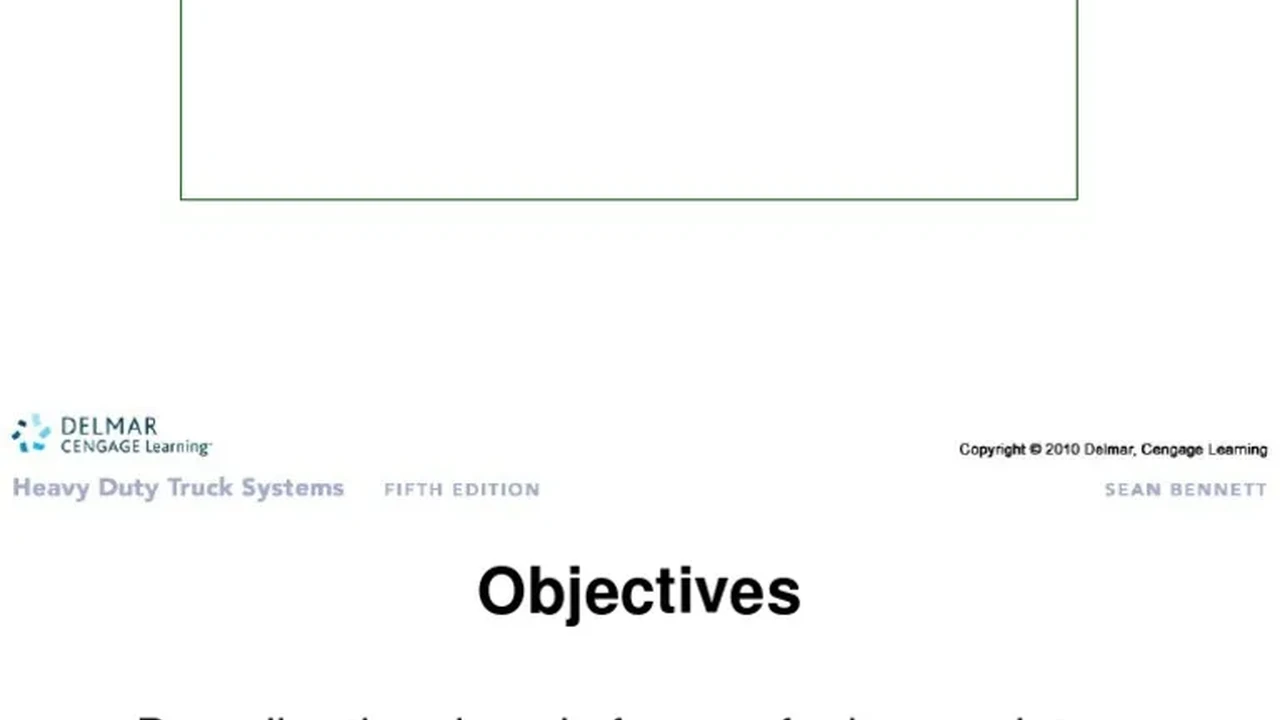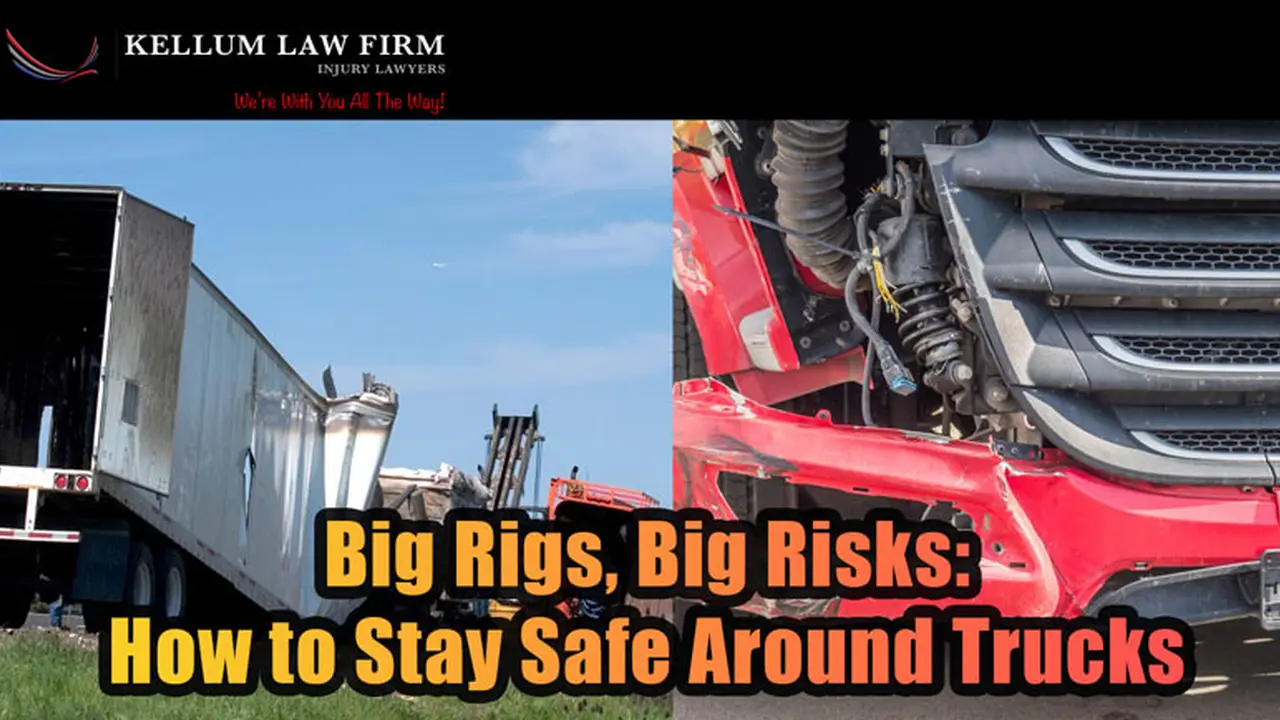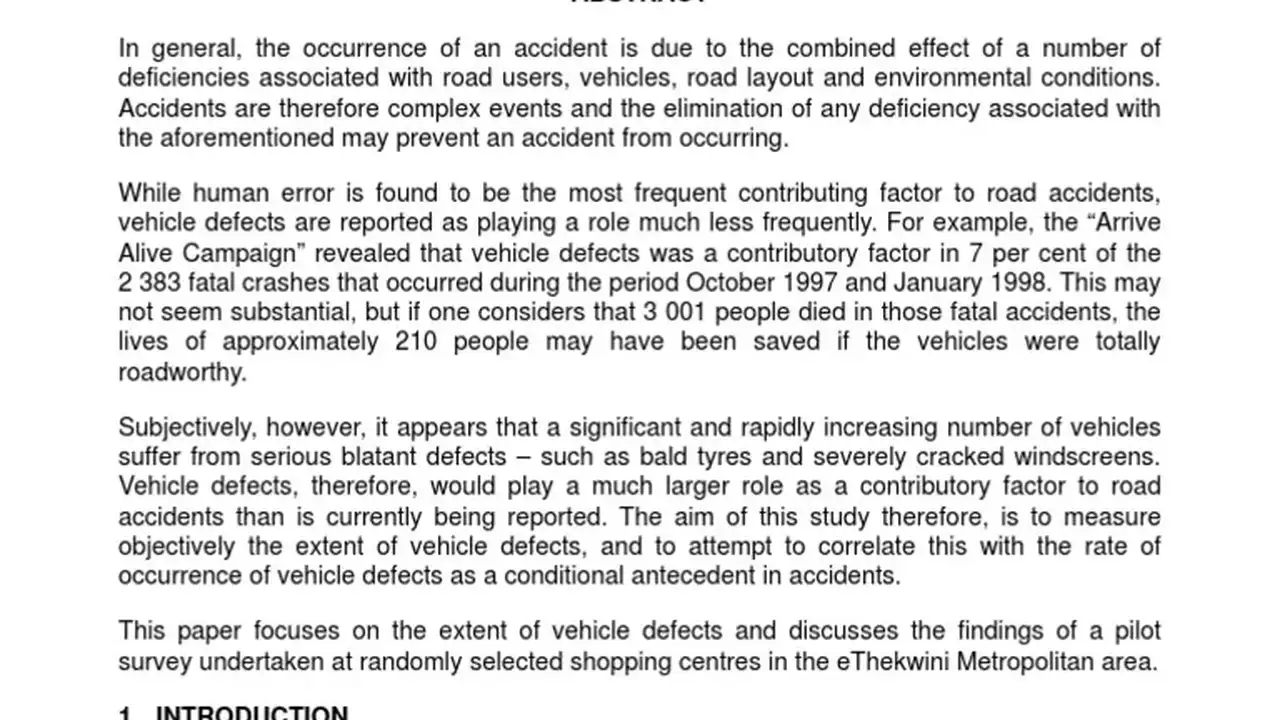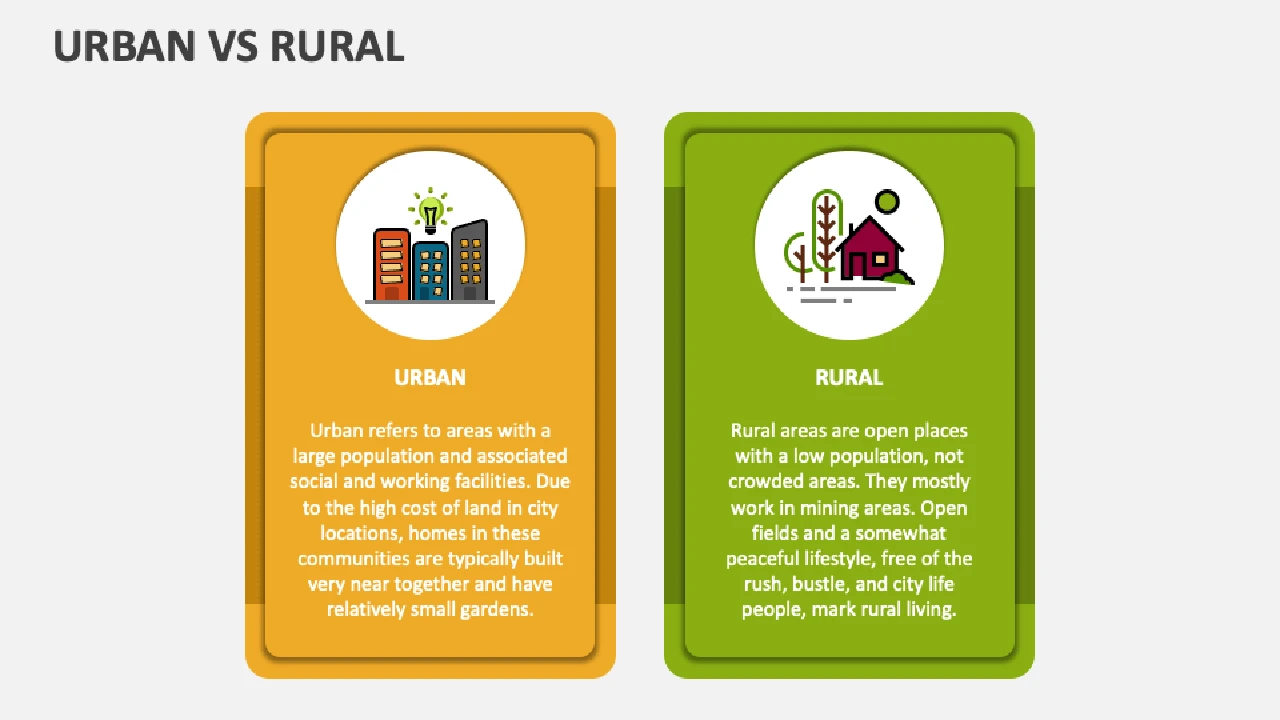The Importance of a Strong Vehicle Frame in a Crash

Understanding Vehicle Frame Strength and Crash Safety
Alright, let's dive into why a strong vehicle frame is absolutely crucial when it comes to surviving a car crash. It's not just about looking tough; it's about protecting you and your passengers. Think of the frame as the skeleton of your car. It's the underlying structure that absorbs and distributes impact forces during a collision. A weak frame can crumple easily, allowing those forces to reach the occupants, leading to serious injuries or worse. We're talking about the difference between walking away and needing extensive medical treatment.
The frame's primary job is to maintain the integrity of the passenger compartment. It's designed to deform in specific areas (crumple zones) to absorb energy, while the passenger cell remains relatively intact. This is why engineers spend countless hours designing and testing frames to ensure they meet stringent safety standards. They use sophisticated computer simulations and physical crash tests to identify weak points and optimize the frame's structure for maximum protection. So, when you're shopping for a new car, don't just look at the flashy features; pay attention to the safety ratings and the underlying frame design.
How Vehicle Frame Design Impacts Crashworthiness Ratings
Crashworthiness ratings, like those from the IIHS (Insurance Institute for Highway Safety) and NHTSA (National Highway Traffic Safety Administration), are heavily influenced by the vehicle's frame design. These organizations conduct rigorous crash tests, simulating various types of collisions, to evaluate how well a vehicle protects its occupants. A strong frame that effectively absorbs and distributes impact forces will typically result in higher crashworthiness ratings. Conversely, a weak frame can lead to lower ratings and increased risk of injury.
The IIHS, for example, uses tests like the moderate overlap front test, the small overlap front test, the side impact test, and the roof strength test. Each of these tests assesses a different aspect of the vehicle's structural integrity. The small overlap front test, in particular, is notoriously challenging because it simulates a collision where only a small portion of the vehicle's front end impacts a barrier. This type of crash can put significant stress on the frame and reveal any weaknesses in the design. Vehicles with strong frames and well-designed crumple zones tend to perform better in these tests, earning higher ratings and providing better protection for occupants.
Different Types of Vehicle Frames: Body-on-Frame vs. Unibody Construction
There are two primary types of vehicle frame construction: body-on-frame and unibody. Body-on-frame construction, common in trucks and older vehicles, involves a separate frame (usually made of steel) that supports the body. Unibody construction, prevalent in most modern cars and SUVs, integrates the body and frame into a single unit. Each type has its own advantages and disadvantages in terms of crashworthiness.
Body-on-frame vehicles tend to be more rugged and durable, making them suitable for off-road driving and heavy-duty tasks. However, they can be less energy-efficient and may not perform as well in certain types of crashes compared to unibody vehicles. Unibody construction, on the other hand, offers better weight distribution, improved handling, and generally superior crashworthiness. The integrated design allows for more effective energy absorption and distribution during a collision. Modern unibody vehicles often incorporate high-strength steel and advanced engineering techniques to maximize their structural integrity and protect occupants.
High-Strength Steel and Advanced Materials in Modern Vehicle Frames
Speaking of high-strength steel, it's a game-changer in modern vehicle frame design. Automakers are increasingly using high-strength steel and other advanced materials, such as aluminum and carbon fiber, to create lighter, stronger, and more crash-resistant frames. High-strength steel can withstand significantly more force than traditional steel, allowing engineers to design frames that are both lighter and more durable. This not only improves fuel efficiency but also enhances crashworthiness by providing better protection for occupants.
Aluminum and carbon fiber are even lighter and stronger than high-strength steel, but they are also more expensive. These materials are typically used in high-end vehicles and sports cars where performance and weight reduction are critical. While they offer exceptional strength and stiffness, they can also be more challenging to repair after a collision. However, as technology advances and production costs decrease, we can expect to see these materials used more widely in mainstream vehicles.
Specific Vehicle Recommendations with Strong Frames and High Crashworthiness Ratings
Okay, let's get down to some specific vehicle recommendations. If you're looking for a vehicle with a strong frame and high crashworthiness ratings, here are a few examples to consider:
* **Subaru Outback:** Consistently earns top safety ratings from both the IIHS and NHTSA. Its unibody construction and advanced safety features make it a great choice for families. * **Volvo XC60:** Volvo is renowned for its commitment to safety, and the XC60 is no exception. It features a robust frame, advanced driver-assistance systems, and consistently earns top marks in crash tests. * **Acura RDX:** The RDX is another excellent choice, offering a strong frame, advanced safety technologies, and a comfortable ride. It consistently receives high safety ratings and is known for its reliability. * **Tesla Model 3:** Known for its impressive safety features and strong structural design, the Model 3 consistently achieves top ratings in crash tests. Its reinforced battery pack also contributes to its overall structural integrity. * **Honda CR-V:** A popular and practical choice, the CR-V offers a well-designed frame and a suite of safety features. It consistently earns high safety ratings and is a reliable option for families.Product Recommendations: Frame Reinforcement Kits and Their Applications
While vehicle manufacturers invest heavily in designing strong frames, there are also aftermarket products available that can further enhance a vehicle's structural integrity. Frame reinforcement kits are designed to strengthen specific areas of the frame, providing additional protection in the event of a collision. These kits are particularly popular among off-road enthusiasts and those who use their vehicles for heavy-duty tasks.
* **Rusty's Off-Road Frame Reinforcement Kit:** Designed for Jeep Wranglers, this kit reinforces critical areas of the frame to prevent cracking and bending during off-road use. It's ideal for those who frequently tackle challenging trails and need extra protection for their vehicle. Price: Approximately $400-$600. * **Dirt King Fabrication Frame Reinforcement Kit:** This kit is designed for Toyota Tacomas and helps to strengthen the frame, particularly in areas prone to stress and fatigue. It's a popular choice among off-road enthusiasts and those who use their Tacomas for hauling and towing. Price: Approximately $500-$700. * **Cusco Power Brace:** While not a full frame reinforcement kit, Cusco Power Braces are designed to improve chassis rigidity and handling. They connect key points on the frame to reduce flex and improve overall stability. Price: Approximately $200-$400 per brace.Comparing Frame Reinforcement Products: Features, Benefits, and Pricing
When choosing a frame reinforcement kit, it's important to consider the specific needs of your vehicle and driving style. Some kits are designed for general reinforcement, while others target specific areas of the frame. It's also important to choose a kit from a reputable manufacturer and ensure that it's compatible with your vehicle.
Here's a quick comparison of some popular frame reinforcement products:
| Product | Vehicle Compatibility | Key Features | Benefits | Price (Approximate) | | ------------------------------------- | --------------------- | ---------------------------------------------------------------------------------------------------------------------------------------------- | ---------------------------------------------------------------------------------------------------------------------------------------------------------------------- | --------------------- | | Rusty's Off-Road Frame Reinforcement Kit | Jeep Wranglers | Heavy-duty steel construction, reinforces critical areas of the frame, includes all necessary hardware | Prevents frame cracking and bending during off-road use, improves overall durability | $400-$600 | | Dirt King Fabrication Frame Reinforcement Kit | Toyota Tacomas | High-strength steel construction, targets specific areas prone to stress and fatigue, easy to install | Strengthens the frame for hauling and towing, improves off-road performance | $500-$700 | | Cusco Power Brace | Various Models | Connects key points on the frame, reduces flex, improves handling | Enhances chassis rigidity, improves cornering performance, provides a more responsive driving experience | $200-$400 per brace |Understanding the Costs Associated with Vehicle Frame Repair and Replacement
Unfortunately, even with a strong frame, accidents can happen. When they do, the cost of repairing or replacing a damaged frame can be significant. The extent of the damage and the type of vehicle will greatly influence the cost. Minor frame damage may be repairable, while more severe damage may require complete frame replacement. Frame repair typically involves straightening the frame using specialized equipment and welding in new sections as needed. Frame replacement, on the other hand, involves removing the entire damaged frame and replacing it with a new one.
The cost of frame repair can range from a few hundred dollars to several thousand dollars, depending on the severity of the damage. Frame replacement is typically more expensive, often costing several thousand dollars or more. In addition to the cost of the frame itself, you'll also need to factor in the labor costs associated with removing and installing the frame. It's important to get multiple estimates from reputable body shops before proceeding with any repairs. Also, check with your insurance company to see if the damage is covered under your policy.
The Role of Frame Design in Rollover Accidents and Roof Strength
Frame design also plays a crucial role in rollover accidents and roof strength. A strong frame can help to prevent the roof from collapsing during a rollover, providing critical protection for occupants. The IIHS conducts a roof strength test to evaluate how well a vehicle's roof can withstand the forces of a rollover. Vehicles with strong frames and reinforced roof structures tend to perform better in this test, earning higher ratings and providing better protection for occupants.
The roof strength test involves applying a force to one side of the roof and measuring how much it deflects. The ratio of the force applied to the roof's weight determines the roof strength rating. Vehicles with higher roof strength ratings are better able to withstand the forces of a rollover and protect occupants from injury. Automakers are increasingly using high-strength steel and advanced engineering techniques to improve roof strength and enhance rollover protection.
:max_bytes(150000):strip_icc()/277019-baked-pork-chops-with-cream-of-mushroom-soup-DDMFS-beauty-4x3-BG-7505-5762b731cf30447d9cbbbbbf387beafa.jpg)






